
Miniature gardens blend real plants with delightful small details. Use small plants, stones, or even repurposed toys. Include tiny houses, animals, or artificial flowers. Personalize your garden with secret nooks. What fun additions will you choose? Unleash your creativity!
Design a miniature world that seems real but is incredibly small. Use bowls, boxes, or jars as planters. Incorporate fairy entrances, small signs, or moving parts. Add small water features or lights for a magical touch. Your garden can be a happy haven for your toys or pets. Begin today and watch your garden flourish!
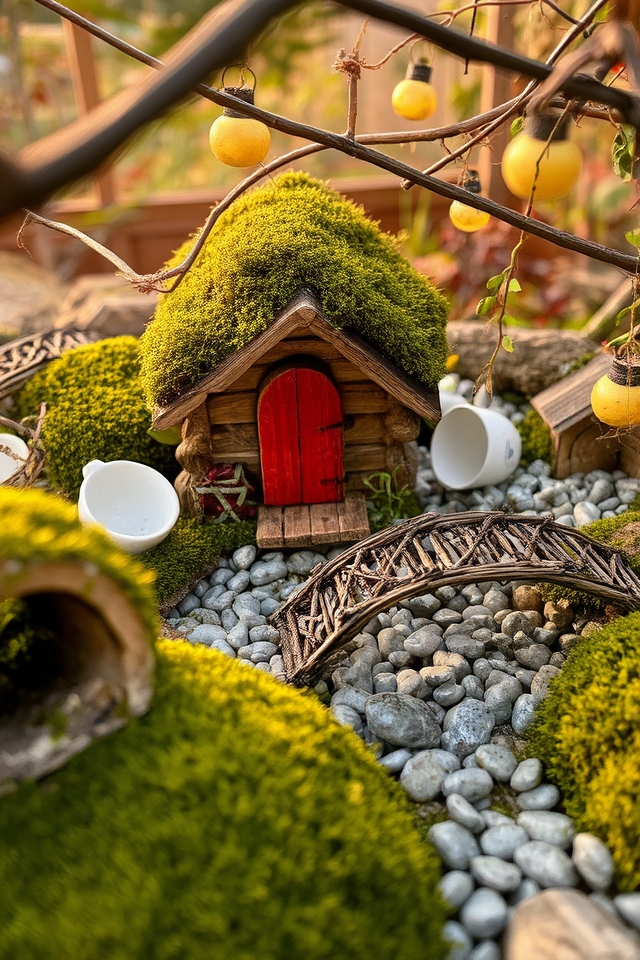
Construct charming areas with small wooden cabins, moss-covered rocks, and dainty twig bridges. Add painted details like miniature windows, fairy entrances, and tiny lanterns. Use overturned teacups as shelters, hollow logs for dens, and scattered shimmering stones. Use gentle lighting and trailing plants to enhance the mystery. Each piece sparks imagination, turning the garden into a secret realm for playful beings.
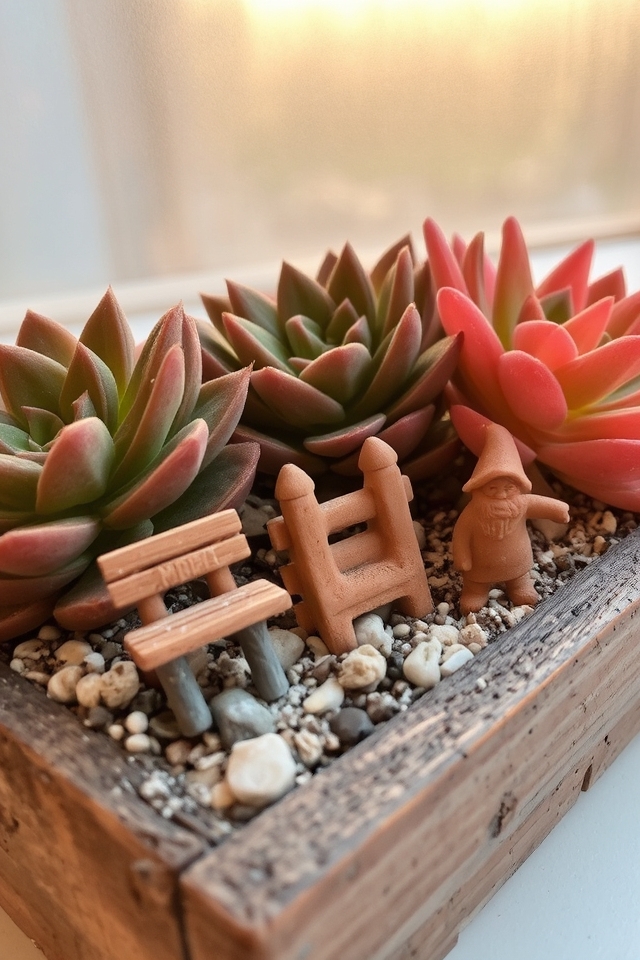
Cozy succulent scenes combine compact, easy-care plants with warm, natural textures. Arrange fleshy varieties in small pots, layering with gravel or sand for contrast. Add small decorations like miniature fences or figures to boost charm. Their ability to withstand dry conditions and bright colors create a peaceful, self-sufficient microspace, ideal for apartments or desks. Soft lighting emphasizes their rugged beauty, creating a calming, intimate garden atmosphere.
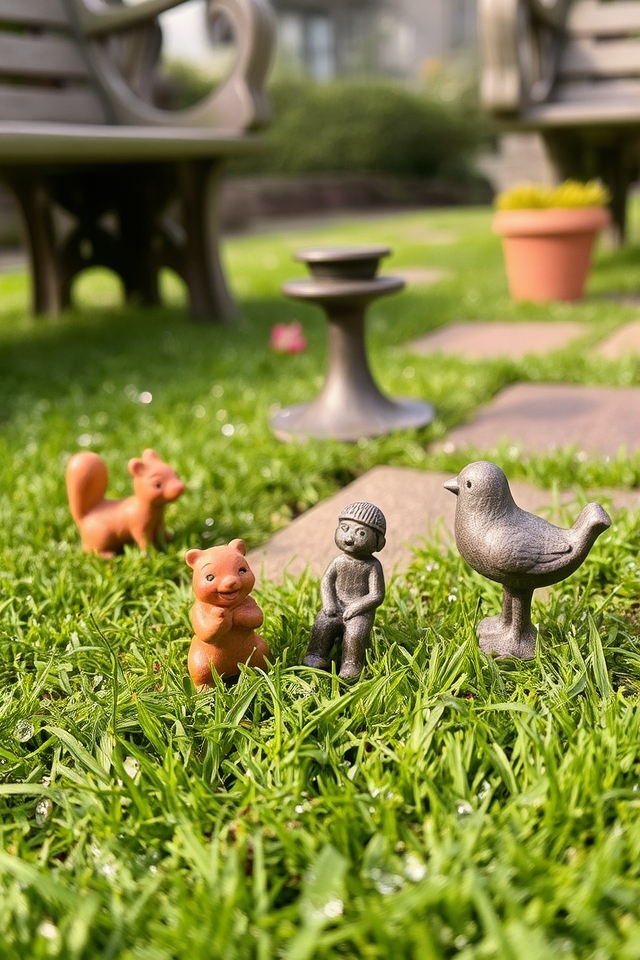
Tiny lawn sculptures enhance miniature gardens with playful or elegant touches. Made from durable materials like ceramic, metal, or stone, they include figures, abstract forms, or garden-themed designs. These small sculptures add character to small spaces, complementing tiny lawns, patios, or container gardens. Choose small-scale details to keep proportion, ensuring visual balance. Durable finishes resist outdoor conditions, blending practicality with artistic flair.
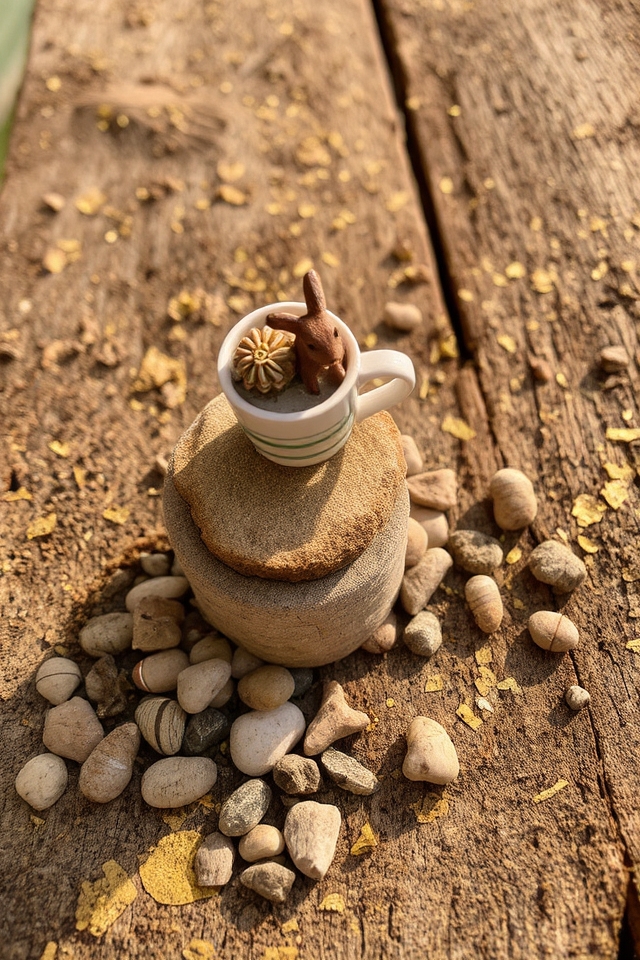
Add custom textures using natural items like rough bark, smooth stones, or metallic accents. Combine with miniatures like small sculptures or custom-painted figures to make a unique, detailed miniature garden. Boost visual appeal and creativity by mixing textures and miniatures for a unique design.
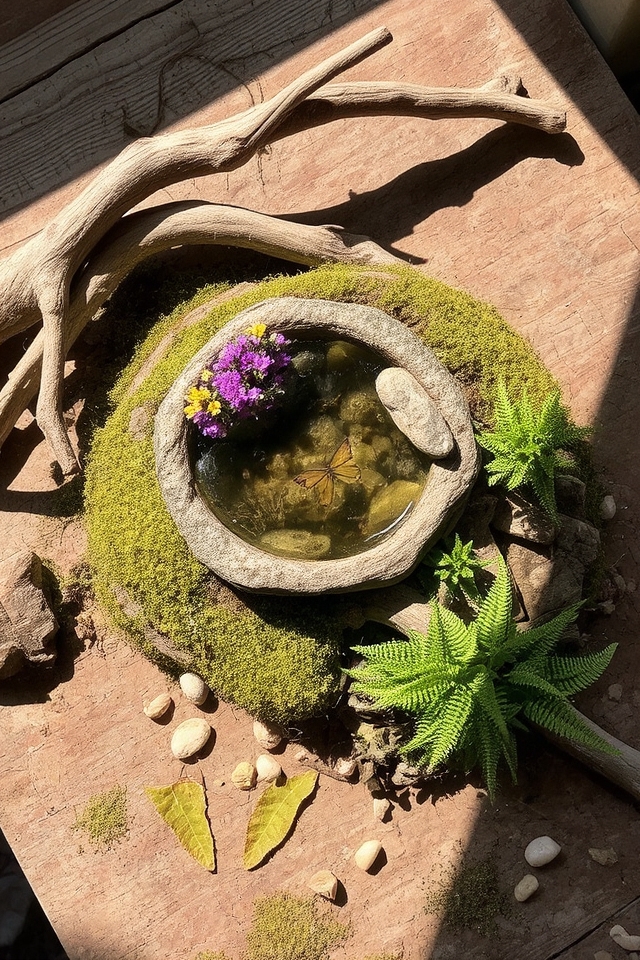
Incorporate natural elements like rocks, moss, and driftwood to increase realism. Use local plants for seasonal authenticity. Add small water features or stones for texture. Balance natural materials with structured design. Keep harmony between elements and garden size. Choose sustainable, easy-care options. Create a unified, earthy look.
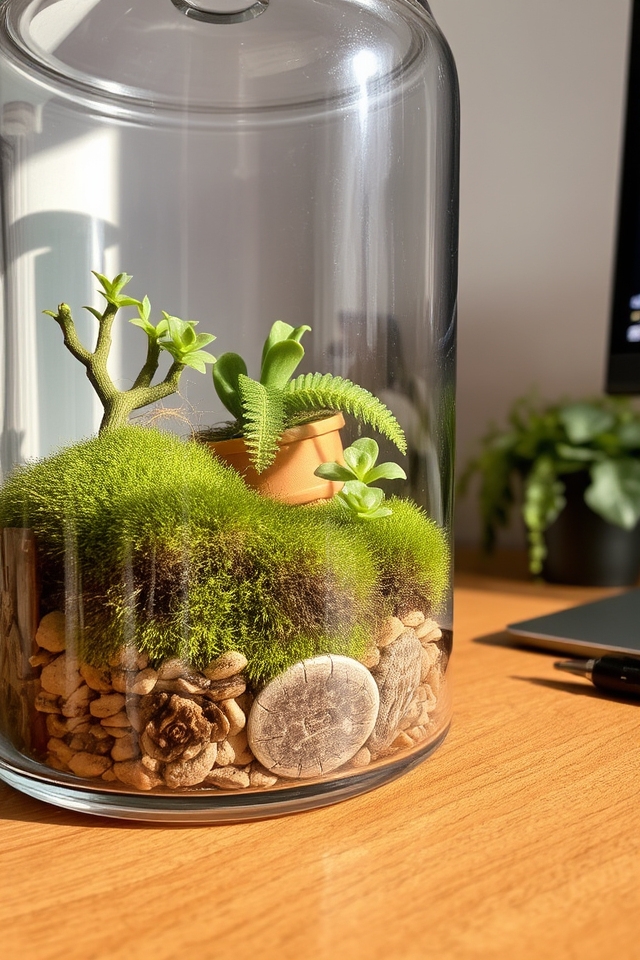
Indoor desktop displays turn small spaces into green retreats. Use compact containers, succulents, or moss to create small ecosystems. Add LED grow lights for dim areas. Choose decorative pots and layers for visual depth. Maintain with little water and occasional trimming. Perfect for offices or desks, blending function with natural beauty.
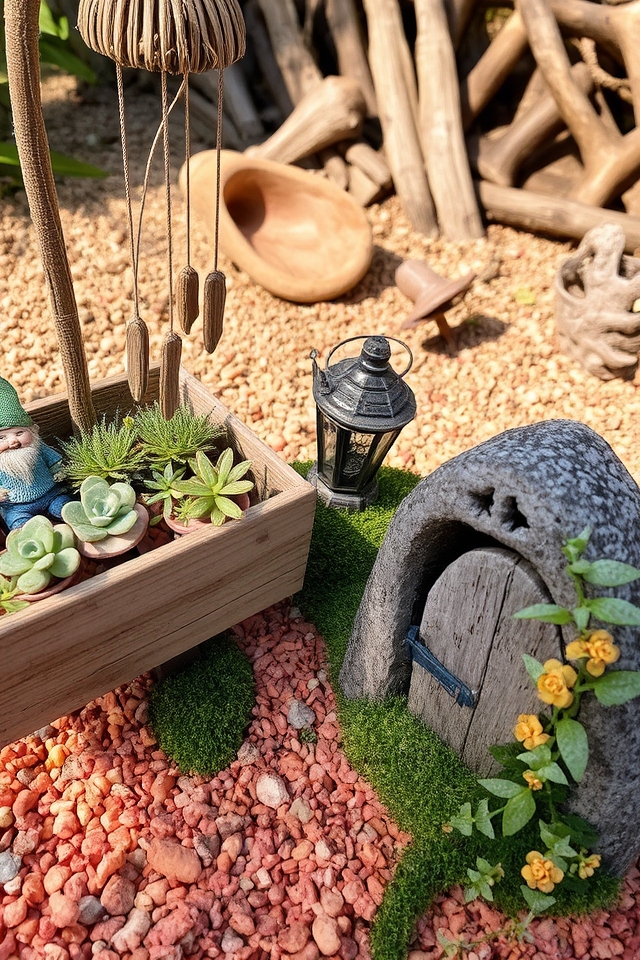
Outdoor decor ideas for miniature gardens include small sculptures, rustic planters, and delicate wind chimes. Incorporate natural elements like stones, driftwood, or recycled materials. Add pathway details with stones or colored sand. Use miniature figures, fairy doors, or tiny fountains for fun. Enhance with solar lights, hanging baskets, or vertical gardens. Focus on scale, color matching, and unified themes to create charming, compact outdoor areas.

Explore themes like imaginary worlds, country cottages, or future cities to personalize miniature gardens. Add figures, scaled buildings, and thematic props to enhance storytelling. Use materials like driftwood, stones, or artificial moss for texture. Mix colors and shapes to reflect chosen themes, ensuring unified visual stories. This approach turns spaces into imaginative, curated landscapes.
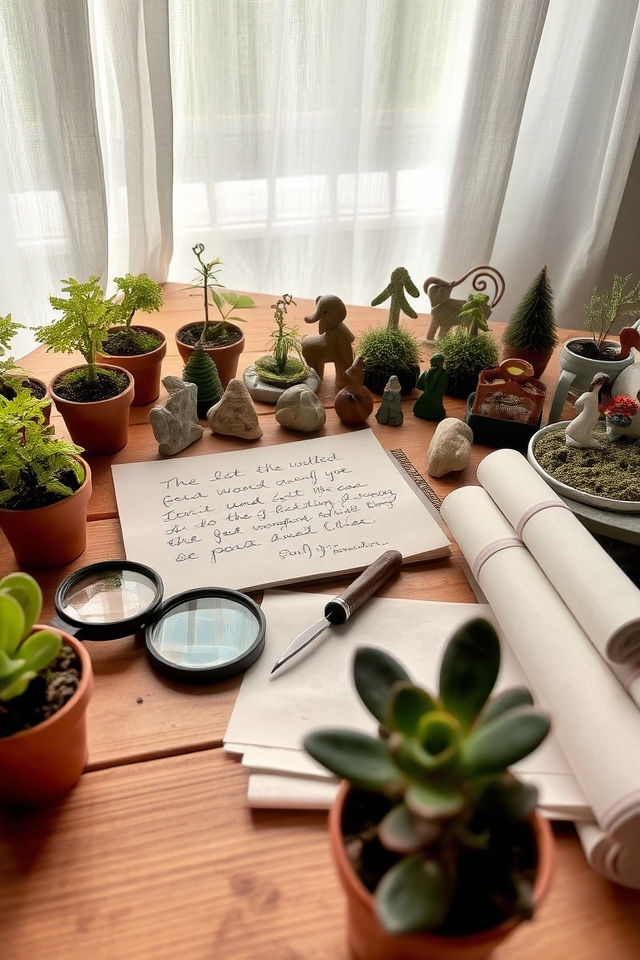
DIY miniature kits offer pre-made parts for creating tiny gardens, including plants, figures, and terrain materials. Easy to put together, they allow personalization for unique designs. Perfect for enthusiasts, these kits combine creativity with simplicity, enabling scenic displays in small spaces. Great for stress relief and self-expression, they suit both beginners and experienced hobbyists. Supplies often include tools and instructions, ensuring a satisfying, hands-on project.

Themed landscape designs turn miniature gardens into unified visual stories. Elements like Japanese rock gardens, Victorian gardens, or modern minimalism guide plant choice, hardscaping, and decoration. Replicating architectural details, color schemes, or cultural themes enhances thematic authenticity. Proper scale, texture, and focal points promote balanced, immersive environments tailored to specific styles or stories.
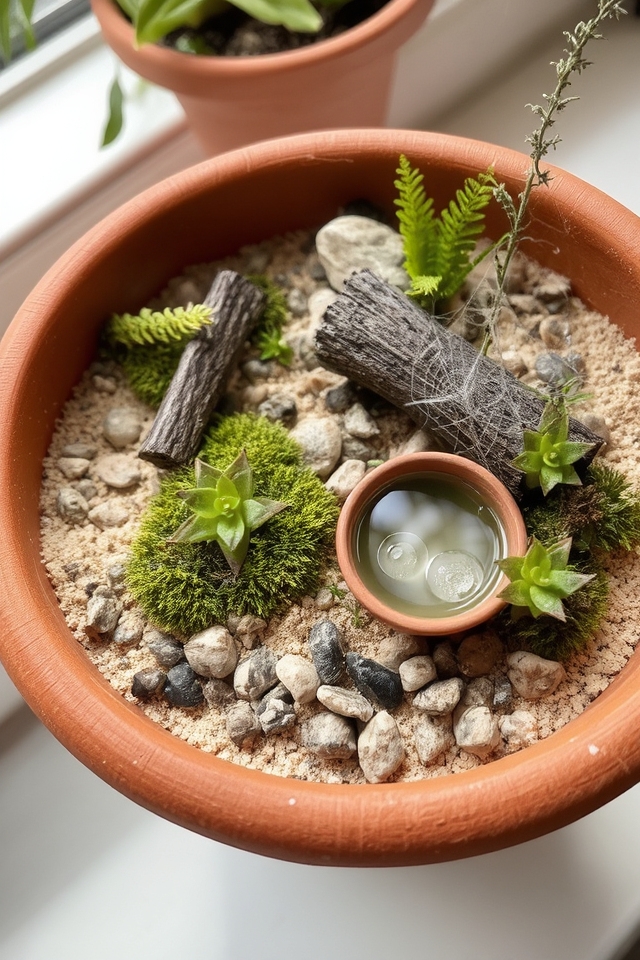
Miniature animal habitats replicate natural environments in small spaces. Use soil, rocks, and plants to create shelters for insects, reptiles, or small mammals. Include water features, hiding places, and edible plants. Focus on safety and sustainability, ensuring proper drainage and temperature control. These setups teach about biodiversity and wildlife needs while adding lively elements to garden displays.
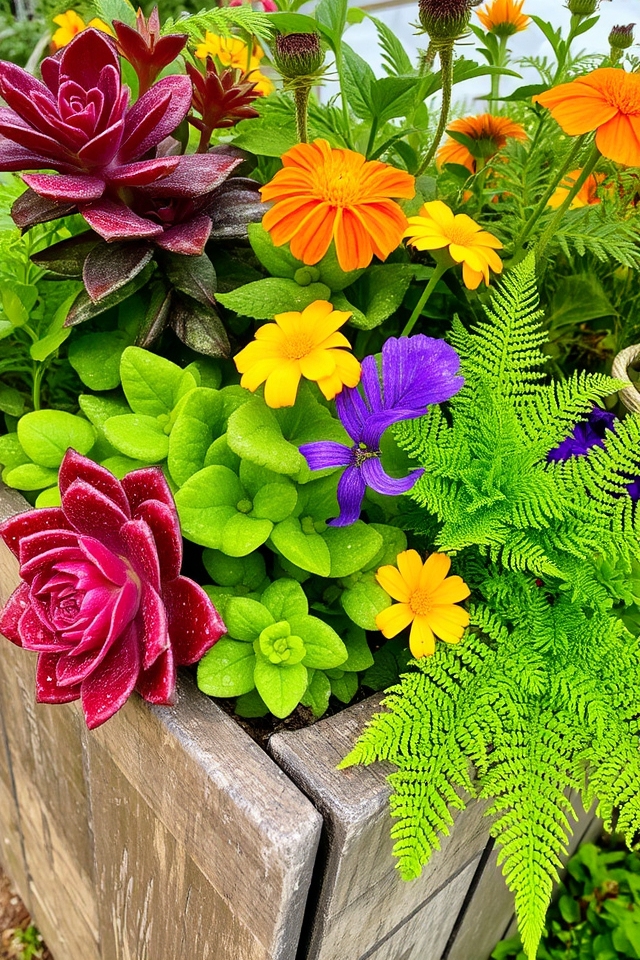
Combine bright colors like red and green, purple and yellow, or pink and orange for striking contrast. Pair succulents with flowering plants such as calibrachoa or petunias for seasonal color. Use varied foliage alongside solid-colored blooms to enhance depth. Ensure matching colors harmonize while adding visual interest through texture and form.
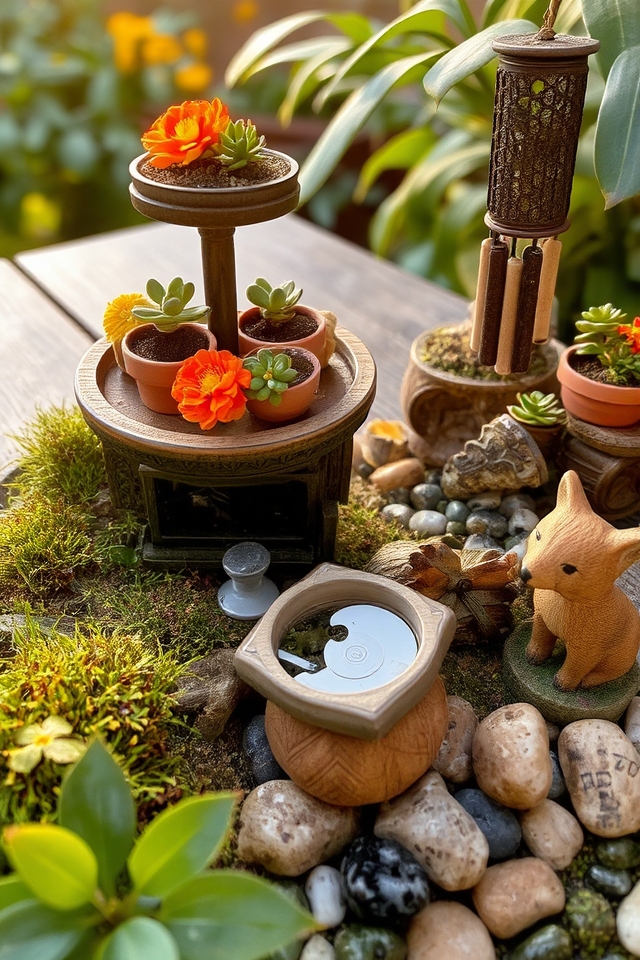
Interactive garden features enhance engagement through touchable and moving parts. Incorporate parts that move like rotating tiers, adjustable planters, or sliding panels. Add sensory details such as fragrant flowers, textured surfaces, or wind-activated ornaments. Interactive water features, like miniature fountains with manual controls, encourage hands-on exploration. Hidden compartments or puzzle-like designs invite discovery, while themed elements—such as interactive storytelling statues—combine education with play. These features turn static spaces into immersive, participatory environments.
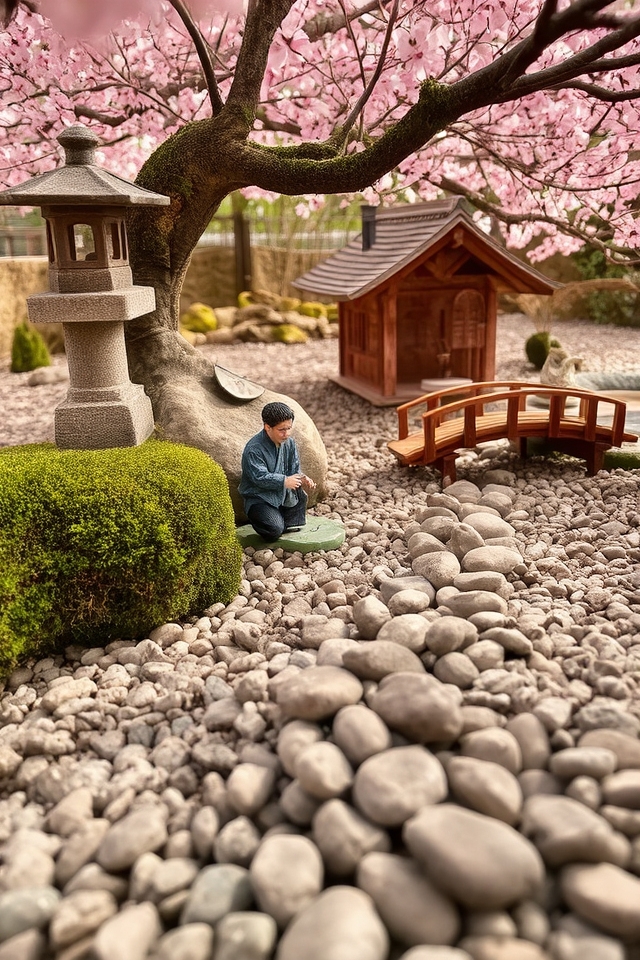
Incorporate cultural or historical themes by recreating iconic landscapes, such as Japanese rock gardens, English cottage gardens, or medieval European designs. Use period-correct materials, architecture, and plants to evoke specific eras or regions. Add miniature figures, statues, or architectural elements to tell historical events or cultural stories. This approach blends education with aesthetics, offering a touchable connection to heritage through carefully chosen details.
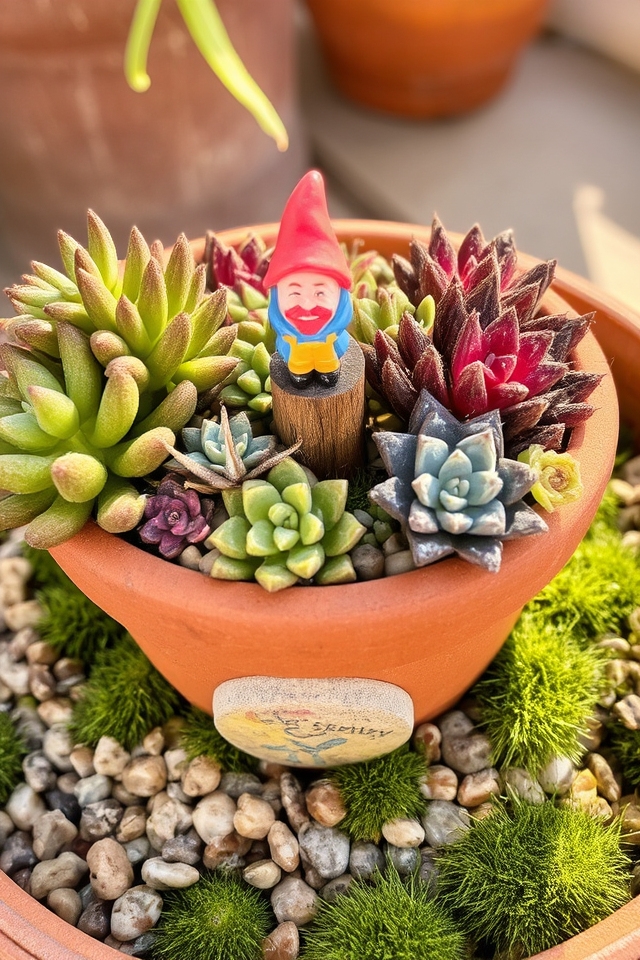
Low-maintenance miniature gardens thrive with plants that need little water like succulents, air plants, or moss. Use pre-planted kits or simple containers with soil that drains well. Incorporate artificial items like fake grass or stone for minimal upkeep. Choose compact types and smart placement to reduce trimming. Pair with decorative touches like stones or tiny figures for visual interest without frequent care.
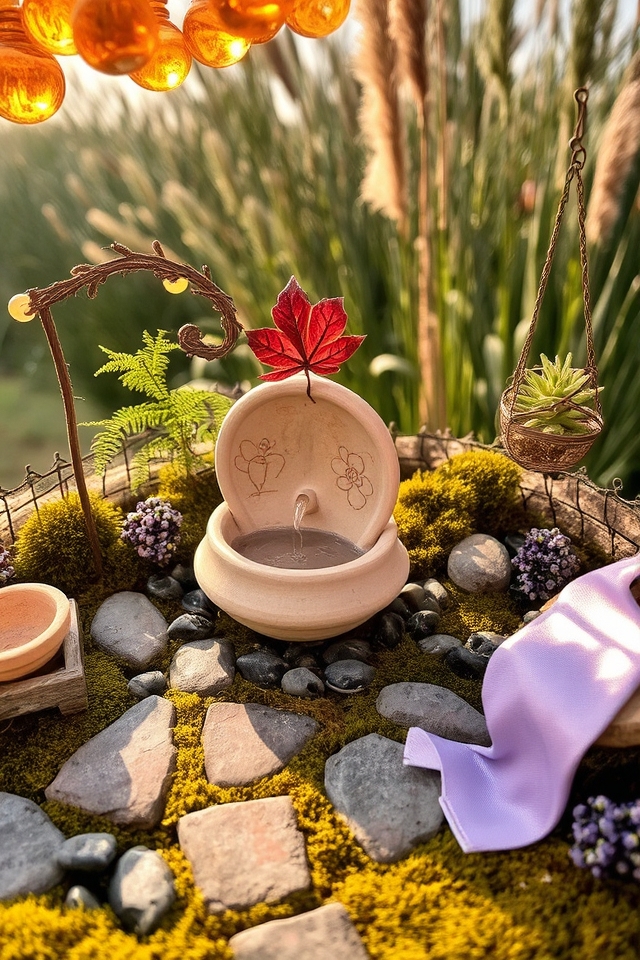
Artistic expression through design in miniature gardens combines creativity with careful aesthetics. Color schemes, textures, and spatial layout evoke themes or emotions, while focal points guide visual flow. Balancing natural elements with structured forms, such as curved paths or uneven arrangements, reflects personal style. Every detail, from plant choice to decorative touches, adds to a unified story, turning the garden into a personalized, immersive artwork.
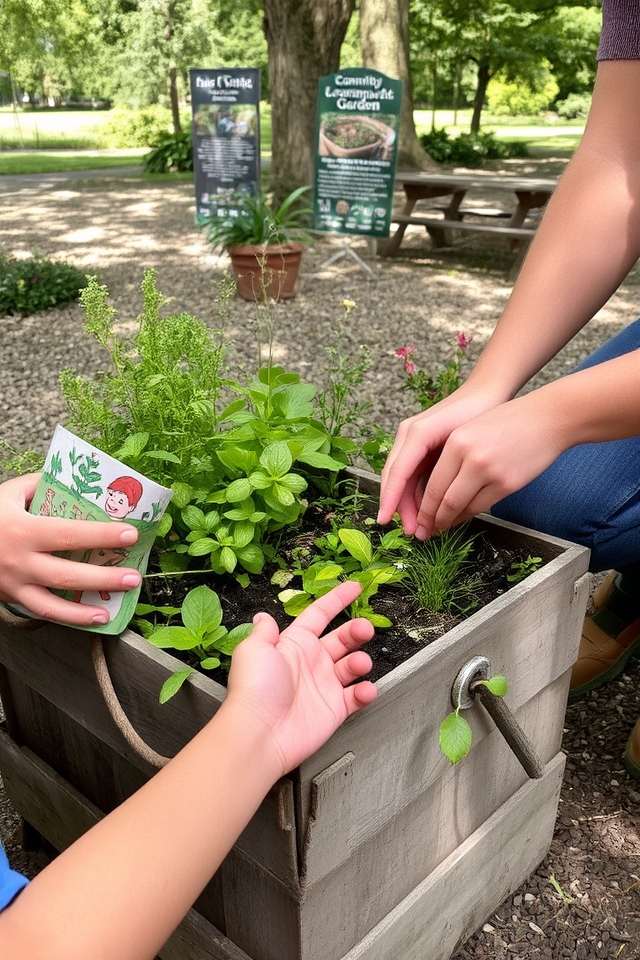
Community and collaboration projects in miniature gardening involve group efforts to create shared spaces, encouraging teamwork and collective creativity. These initiatives often happen in educational settings, public areas, or neighborhoods, promoting shared learning, environmental care, and social connections through collaborative design and upkeep.
Create, design, combine—moss, stones, and sculptures shape your world. Plants that need little water, recycled items, and interactive charms flourish. Mix textures, fun, and culture; let small water features, fairy doors, and edible plants spark joy. Design with purpose, play, and personality. Your garden’s magic is in small, thoughtful choices. Build it, care for it, enjoy it.

Don't let aphids, slugs, and caterpillars ruin another plant. Take back control with simple, natural methods that actually work.